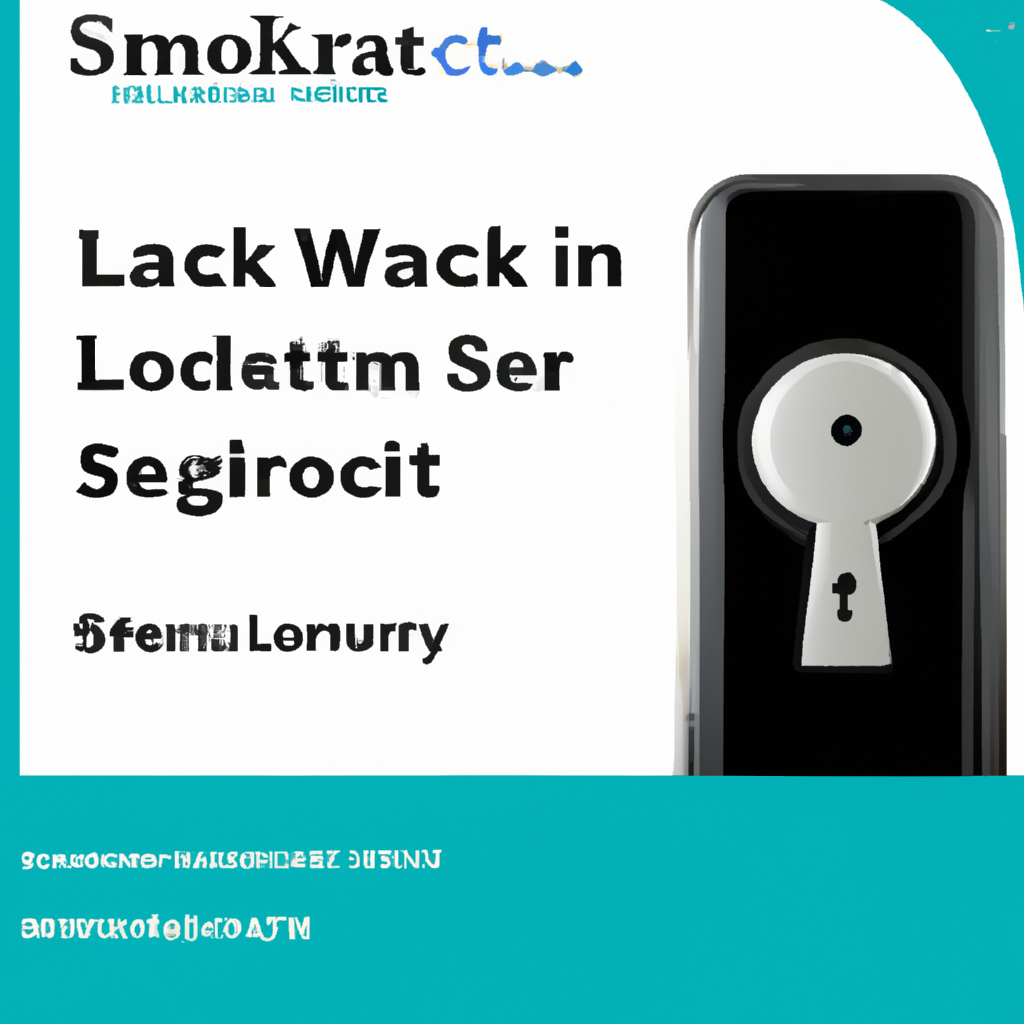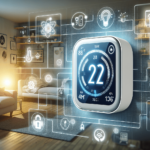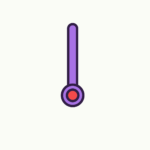In today’s technologically advanced world, smart homes have become increasingly popular. People are looking for innovative ways to make their homes more secure and convenient, and one area where they often seek improvement is the traditional lock and key system. So, are there smart locks available for securing doors in a smart home? The answer is a resounding yes! With the advancements in home automation, there are now a plethora of smart lock options on the market that offer enhanced security, remote access, and seamless integration with other smart devices. In this article, we will explore the various smart lock options available and their benefits, helping you make an informed decision on how to safeguard your smart home.

Smart Locks for Securing Doors in a Smart Home
Are there smart locks available for securing doors in a smart home? The answer is a resounding yes! In this article, we will explore the world of smart locks and how they can enhance the security of your smart home. We will delve into the different types of smart locks, the features to consider when choosing one, the best smart lock brands in the market, as well as the installation process and potential security concerns. So, let’s dive right in!
1. Introduction to Smart Locks
1.1 Understanding Smart Home Security
Before we jump into the specifics of smart locks, it’s important to have a clear understanding of smart home security. A smart home refers to a residence that is equipped with devices and systems that can be controlled remotely or automated for enhanced convenience and efficiency. However, with this increased connectivity comes the need for robust security measures to protect your home and loved ones. Smart home security encompasses various elements, and one crucial aspect is securing the entry points to your home, such as doors.
1.2 What are Smart Locks?
Smart locks are innovative security devices that serve as a modern alternative to traditional locks. They leverage advanced technology to provide keyless entry and enhance the overall security of your home. These locks can be conveniently controlled using a smartphone, a remote control, or even your voice if integrated with a digital home assistant. With smart locks, you can lock or unlock your doors remotely, grant access to guests or service providers, and monitor the activity around your entryways. They offer a seamless and convenient way to manage access to your home while providing a heightened level of security.
1.3 Benefits of Smart Locks
Now that we understand what smart locks are, let’s take a moment to explore the benefits they bring to a smart home. Firstly, smart locks eliminate the need for traditional keys, which can be lost or duplicated. With a keyless entry system, you no longer have to worry about carrying keys or getting locked out of your own home. This also means that you can easily grant or revoke access to your home remotely, providing temporary codes or virtual keys to guests or maintenance personnel.
Secondly, smart locks offer enhanced convenience. Imagine arriving home with your hands full of groceries and being able to unlock your door with a simple voice command or a tap on your smartphone. Smart locks integrate seamlessly with smart home systems, allowing you to create personalized routines and automations. For example, you can set your smart lock to automatically unlock when you approach the door or lock itself after a certain period of time.
Lastly, smart locks provide an additional layer of security to your smart home. Many smart locks offer advanced features such as security alerts and notifications, allowing you to stay informed about any suspicious activity or unauthorized access attempts. They also often include built-in encryption and authentication protocols to ensure that only authorized individuals can control and access your locks. As technology advances, smart locks continue to evolve with improved security features, making them a compelling option for homeowners seeking increased protection for their smart homes.
2. Types of Smart Locks
Now that we have a solid understanding of smart locks and their benefits, let’s delve into the different types of smart locks available in the market.
2.1 Keyless Entry Smart Locks
Keyless entry smart locks are one of the most popular types of smart locks. As the name suggests, they eliminate the need for traditional keys and allow you to unlock your door using alternative methods. These methods can include using a numeric keypad, a touchscreen, a fingerprint scanner, or even facial recognition technology. Keyless entry smart locks provide convenience and flexibility as you no longer have to fumble for keys or worry about lost or stolen keys.
2.2 Remote Controlled Smart Locks
Remote controlled smart locks, as the name implies, allow you to control and monitor your locks remotely. These locks are typically connected to your home’s Wi-Fi network, enabling you to lock or unlock your doors using a smartphone application or a dedicated remote control. Remote controlled smart locks offer convenience when you need to grant access to someone while you’re away. They also allow you to check the status of your locks and receive real-time notifications about lock activity.
2.3 Biometric Smart Locks
Biometric smart locks utilize unique physical characteristics to grant access to your home. These locks often feature fingerprint scanners or facial recognition technology to identify authorized individuals. Biometric smart locks offer a high level of security as they rely on unique biological traits that are difficult to replicate. This type of smart lock ensures that only authorized individuals can enter your home, enhancing the security of your smart home.
3. Features to Consider in Smart Locks
When selecting a smart lock for your home, there are several key features that you should consider. Let’s explore these features in detail.
3.1 Rekeying and Keyless Entry
One of the primary advantages of smart locks is the ability to easily rekey your locks without changing the physical hardware. This means that if you lose a virtual key or want to revoke access for a certain individual, you can do so without the need to replace the entire lock. Additionally, ensure that the smart lock you choose offers reliable keyless entry methods, such as keypad codes or biometric authentication, to provide a seamless and convenient experience.
3.2 Security Alerts and Notifications
Security alerts and notifications are crucial features to consider in smart locks. Look for locks that offer real-time alerts for activities such as unauthorized access attempts or tampering with the lock. These notifications can be sent to your smartphone or email, allowing you to take immediate action in case of a security breach. This feature provides peace of mind and helps you stay informed about the security of your smart home.
3.3 Integration with Smart Home Systems
To fully harness the potential of your smart lock, it’s essential to consider its compatibility and integration capabilities with your existing smart home ecosystem. The ability to seamlessly integrate with platforms such as Amazon Alexa, Google Assistant, or Apple HomeKit allows you to control your lock through voice commands or include it in automated routines. Ensure that the smart lock you choose supports the protocol and platform that aligns with your smart home setup to maximize its functionality.
3.4 Battery Life and Power Backup
Smart locks rely on power to function efficiently. It’s important to consider the battery life of your chosen smart lock to avoid any inconveniences or security vulnerabilities due to a dead battery. Look for locks with long battery life or ones that provide low-battery notifications. Additionally, some smart locks offer power backup options, such as physical keys or alternative power sources like solar panels, ensuring that you always have access to your home even during power outages.

4. Best Smart Lock Brands
Now that we understand the types of smart locks and the key features to consider, let’s explore some of the top smart lock brands in the market.
4.1 August
August is a well-known brand in the smart lock industry, offering a range of innovative and feature-rich smart locks. Their locks are known for their sleek design, easy installation process, and seamless integration with popular smart home platforms. August smart locks often incorporate advanced encryption and authentication protocols, providing a high level of security for your home.
4.2 Schlage
Schlage is a trusted name in the traditional lock industry, and they have successfully brought their expertise into the world of smart locks. Schlage smart locks are known for their durability, reliability, and strong security features. They offer a wide range of smart locks to suit different needs, from keyless entry options to Wi-Fi-enabled locks with remote control capabilities.
4.3 Yale
Yale is another reputable brand that has transitioned into the realm of smart locks. With a long history of manufacturing quality locks, Yale brings their expertise to smart home security. Yale smart locks combine advanced technology with elegant designs, providing users with a seamless and secure experience. Their locks often come equipped with features such as voice control, auto-locking, and tamper alerts.
5. Installation and Setup
When it comes to installing and setting up your smart lock, there are a few factors to consider before making a purchase.
5.1 Compatibility with Existing Locks
It’s important to check the compatibility of the smart lock with your existing door lock. Some smart locks are designed to be retrofitted onto your current lock, while others require a complete replacement. Depending on your needs and the type of smart lock you choose, you may need to hire a professional locksmith for installation, especially if you need to replace your entire lock system.
5.2 Installation Process
For retrofitting smart locks, the installation process is usually straightforward and can be done by following the manufacturer’s instructions. It typically involves removing the interior part of your existing lock and replacing it with the smart lock mechanism. The process may also require pairing the smart lock with your smartphone and the associated mobile application. If you choose a smart lock that requires a complete replacement, it’s recommended to let a professional locksmith handle the installation for optimal results.
5.3 Setup and Configuration
Once your smart lock is installed, the setup and configuration process is relatively simple. Most smart locks come with a companion mobile application that guides you through the setup process. This involves creating an account, connecting your lock to your home’s Wi-Fi network, and customizing the lock settings to your preferences. During the setup process, you can also grant access to family members or guests, assign virtual keys, and set up security notifications. The mobile application will serve as your central hub for managing and controlling your smart lock.
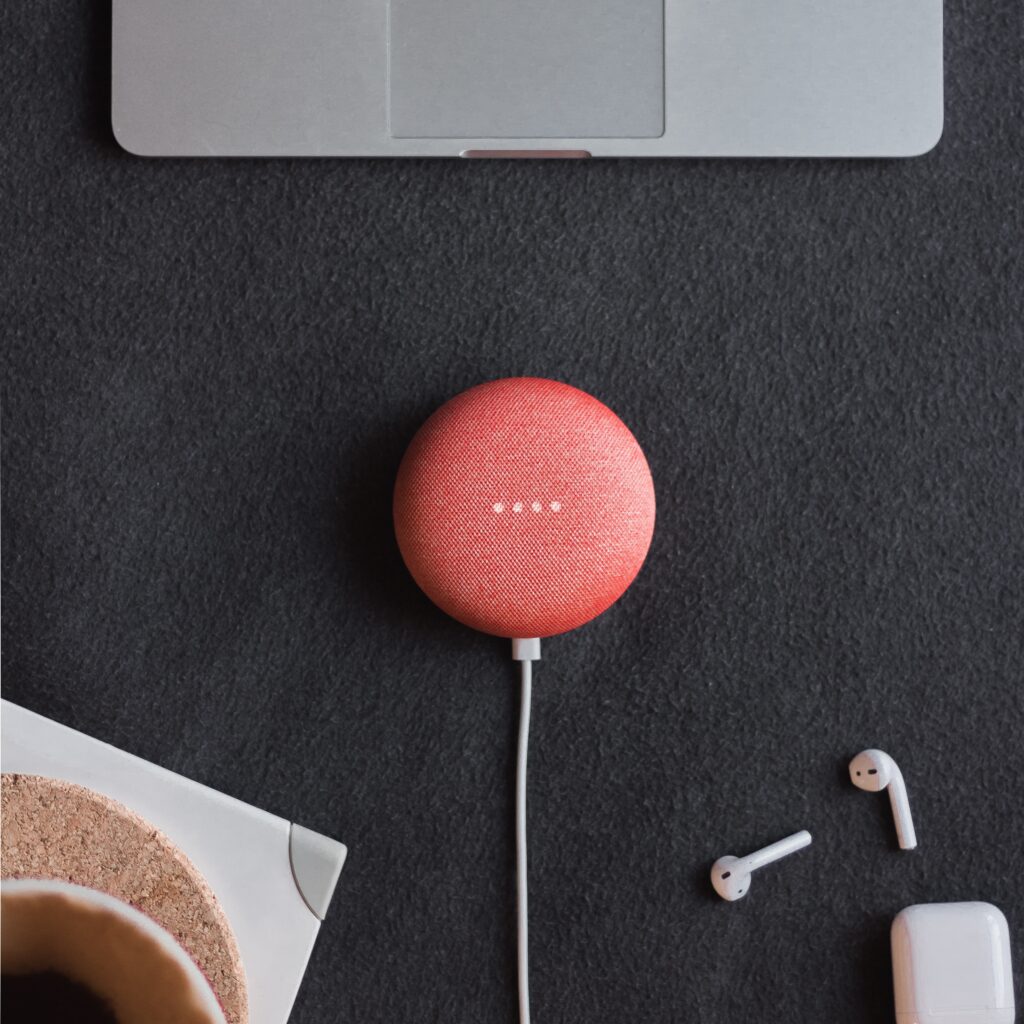
6. Security Concerns and Solutions
As with any technology, there are potential security concerns associated with smart locks. However, many of these concerns can be mitigated with proper precautions and best practices. Let’s explore some of the common security concerns and potential solutions.
6.1 Potential Vulnerabilities
Smart locks, like any internet-connected device, can be susceptible to hacking attempts and vulnerabilities. Hackers may attempt to gain unauthorized access to your smart lock and control your entry points. To mitigate this risk, it’s essential to choose smart locks from reputable brands that prioritize security features. Look for locks with built-in encryption protocols and two-factor authentication to ensure that only authorized individuals can control your lock. Regularly updating your lock’s firmware and keeping your mobile application up to date is also crucial to safeguard against potential vulnerabilities.
6.2 Encryption and Authentication
Encryption and authentication are critical factors in maintaining the security of your smart lock. Ensure that your chosen smart lock utilizes strong encryption protocols, such as AES-256, to protect your data and communication. Additionally, look for locks that offer robust authentication methods, such as multi-factor authentication or biometric verification. These features add an extra layer of protection to your smart lock and reduce the risk of unauthorized access.
6.3 Security Audits and Updates
To stay ahead of potential security threats, it’s crucial to regularly perform security audits on your smart lock system. This involves checking for any vulnerabilities, weaknesses, or outdated software/firmware that could compromise the security of your smart lock. Keep an eye out for updates released by the manufacturer, as these often include security patches and bug fixes. By staying proactive and vigilant with security audits and updates, you can ensure that your smart lock remains secure and reliable.
7. Smart Lock Accessories
Beyond just smart locks themselves, there are several accessories that can complement and enhance the functionality of your smart lock system.
7.1 Door Sensors
Door sensors are a valuable accessory that can provide an added layer of security and peace of mind. These sensors can detect when a door is opened or closed, sending instant notifications to your smartphone or triggering an alarm in case of unauthorized access. Door sensors can be integrated with your smart lock system to create a comprehensive security solution for your smart home.
7.2 Video Doorbells
Video doorbells are becoming increasingly popular in smart homes, offering a convenient way to monitor and interact with visitors at your doorstep. When paired with a smart lock, video doorbells provide visual confirmation of who is at your door, allowing you to remotely grant access or deny entry. This integration enhances both the security and convenience of your smart home.
7.3 Digital Home Assistants
Digital home assistants, such as Amazon Alexa or Google Assistant, can be seamlessly integrated with your smart lock to enhance the overall smart home experience. With voice commands, you can lock or unlock your door, grant access to visitors, or check the status of your smart lock. Digital home assistants serve as a central control hub, allowing you to manage various aspects of your smart home, including your smart lock, with ease.
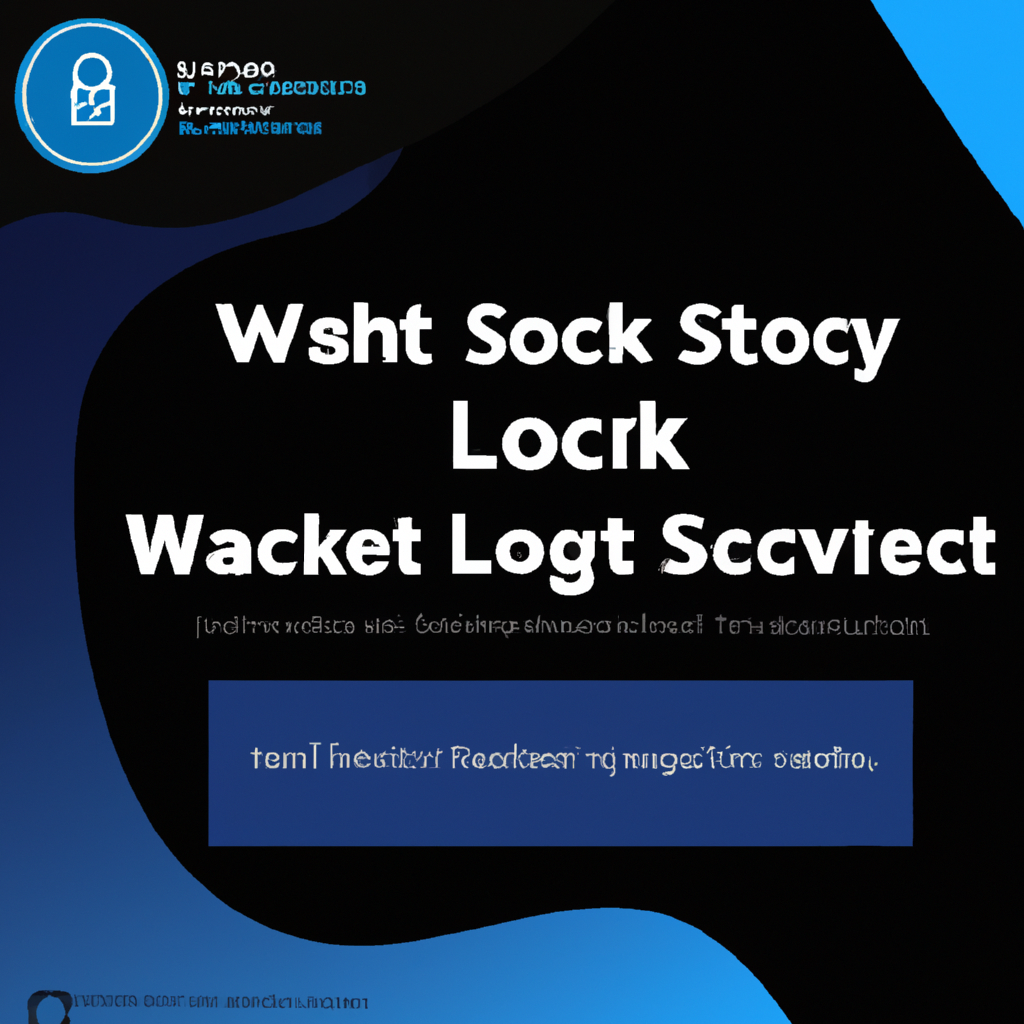
8. Cost of Smart Locks
When considering smart locks for your smart home, it’s important to evaluate the cost implications. Let’s explore the factors that contribute to the cost of smart locks.
8.1 Price Range and Variations
Smart locks come in a range of prices, depending on the features they offer, the brand reputation, and the type of smart lock. Keyless entry smart locks tend to be more affordable, while more advanced features such as biometric authentication or remote control capabilities can increase the price. It’s important to assess your needs and budget to find a smart lock that provides the right balance of security, convenience, and affordability for your smart home.
8.2 Additional Costs and Considerations
In addition to the cost of the smart lock itself, there may be additional costs to consider. Retrofitting a smart lock onto your existing lock may require the purchase of additional accessories or hiring a professional locksmith for installation. Some smart lock systems also require a subscription fee to access advanced features or remote control capabilities. Factor in these additional costs when planning your smart lock purchase to ensure you have a comprehensive understanding of the total investment required.
9. The Future of Smart Locks
As technology continues to advance at a rapid pace, the future of smart locks holds great promise. Let’s explore some of the advancements and potential integration with smart home ecosystems.
9.1 Advancements in Smart Lock Technology
The future of smart locks is likely to bring even more advanced features and functionalities. We can anticipate the integration of artificial intelligence and machine learning algorithms to enhance security protocols and predict potential security threats. Improved biometric authentication methods, such as retina scanning or voice recognition, may be introduced, ensuring an even higher level of security. The development of energy-efficient technologies and materials may also extend the battery life of smart locks, further increasing their convenience and reliability.
9.2 Integration with Smart Home Ecosystems
Smart locks are set to become an integral part of the broader smart home ecosystem. With increased integration capabilities, smart locks will seamlessly communicate with other smart devices and systems in your home. This integration will allow for comprehensive automation and personalized routines. For example, your smart lock can communicate with your smart thermostat to adjust the temperature upon unlocking the door or work in tandem with your security cameras and motion sensors to provide a holistic security solution. The possibilities are endless as smart home technology continues to evolve.
In conclusion, smart locks provide a convenient and secure way to protect the entry points of your smart home. With various types, features, and reputable brands to choose from, finding the perfect smart lock for your specific needs is easier than ever. By prioritizing security, considering various features and accessories, and staying updated on advancements in smart lock technology, you can enhance the overall security and convenience of your smart home. Embrace the future of home security and enjoy the peace of mind that smart locks bring to your smart home.
